The Pioneer Line
The CSW&C begins its life in 1884 as the Berea Horse Line which ran from Berea to Cleveland. The owner, A.H. Pomeroy quickly looks to the future, seeing promise in electric traction railways, and reach out to the electric companies of Cleveland, hoping to use their plants to power their line. The power plants claim it is too difficult a task to electrify into a small town like Berea, that it won’t be possible for another half a century, but this does not deter the CSW&C’s predecessor, the Cleveland and Berea Street Railroad. Using a battery car, they begin limited but still successful operation of the line in October 1893. By December, prompted by the Sandusky, Milan, and Norwalk building a powerhouse, the CBSR builds a powerhouse of their own, designed by Frank Sprague, a pioneer of traction railways, and on April 4th, 1894, regular service, no battery charge downtime required, begins. The line, which was the first of the Cleveland five interurban systems, was so popular that more train cars were immediately ordered.1

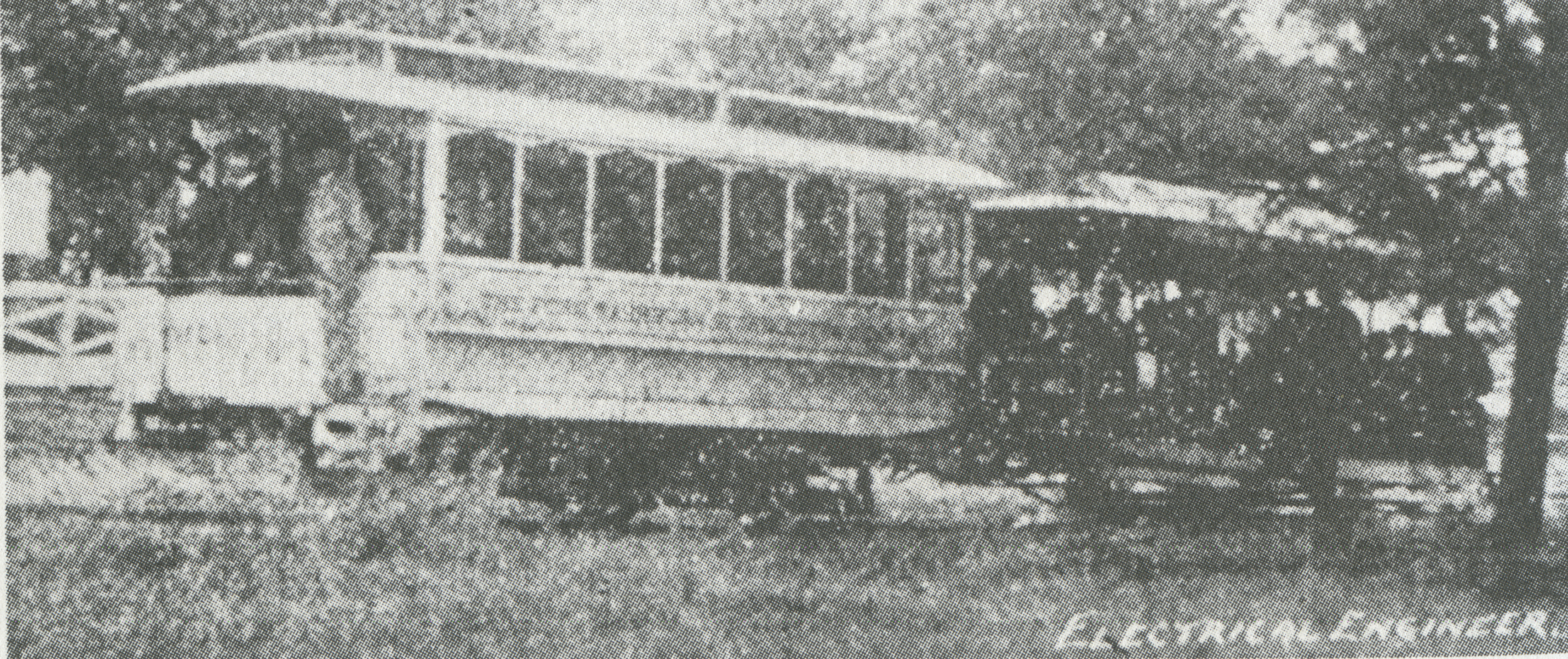
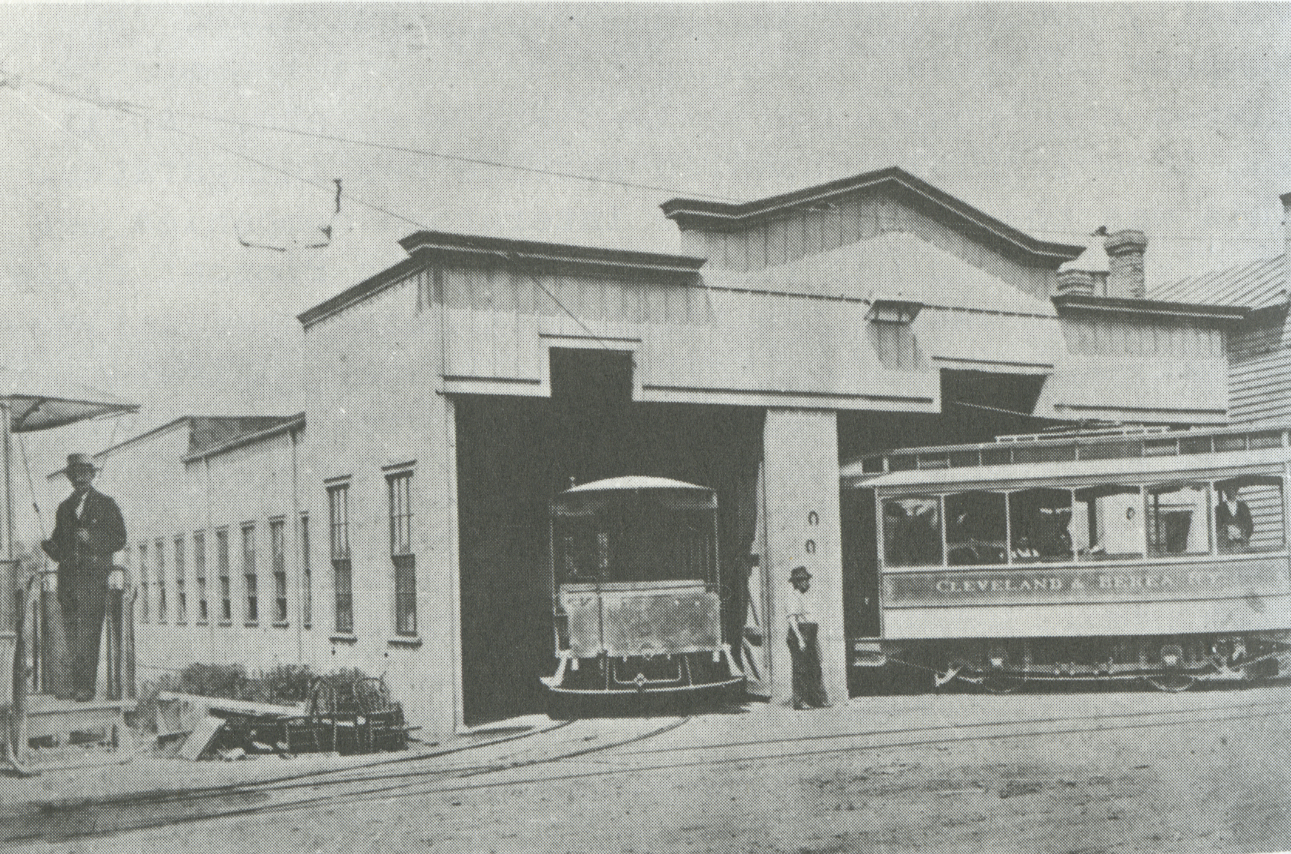
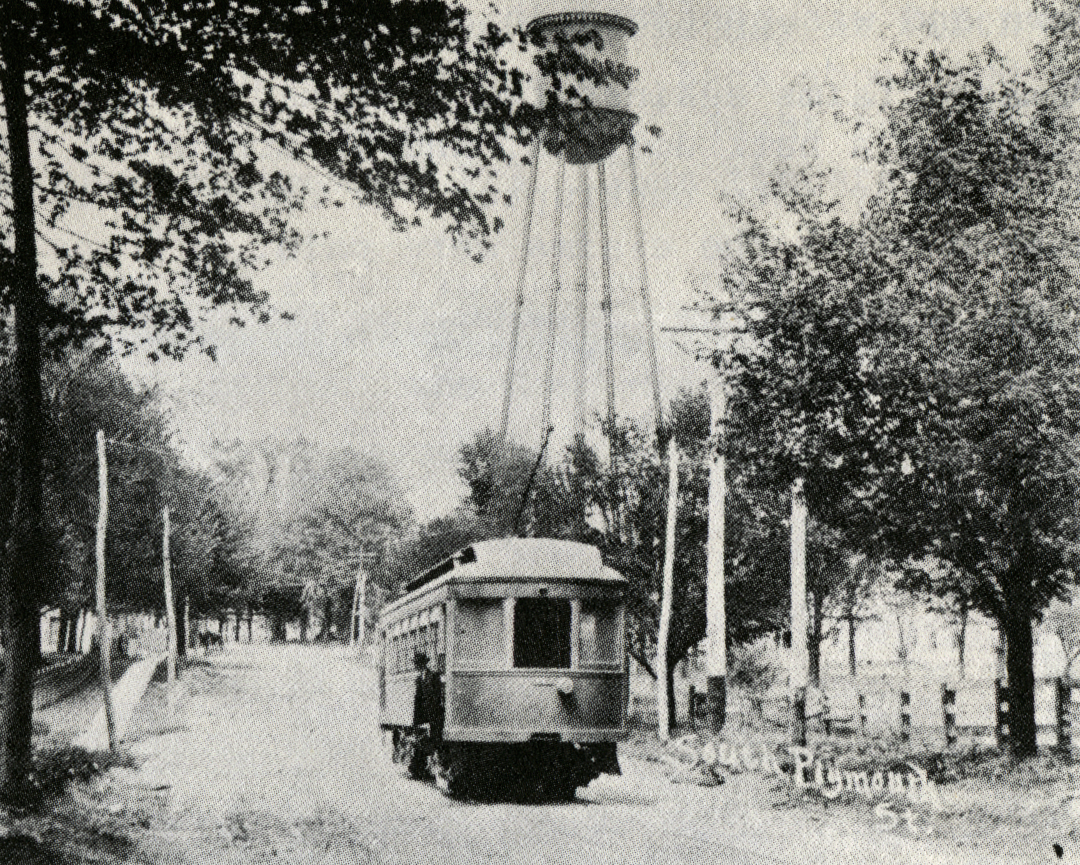

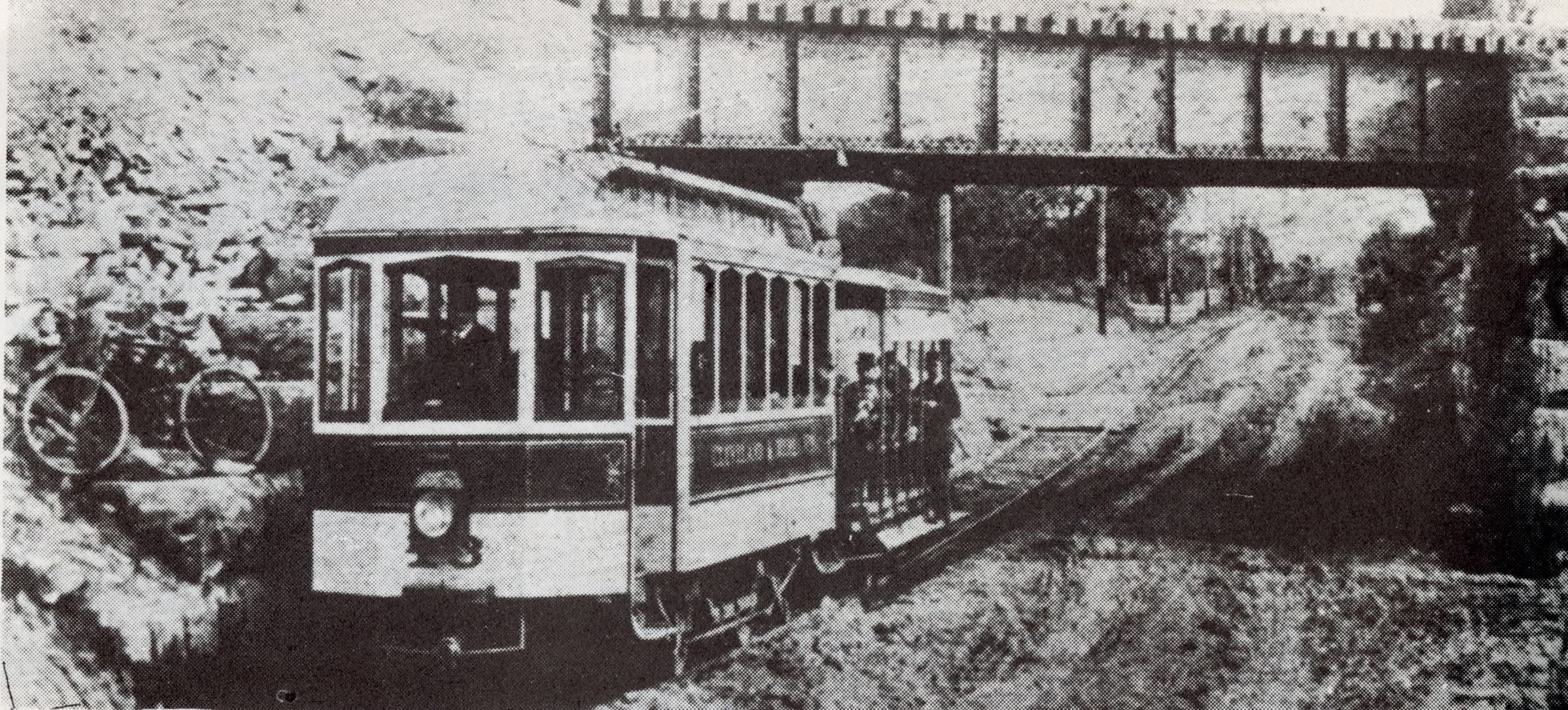
Expansion
By mid-1884 the line was expanding to Elyria, renaming itself the Cleveland, Berea, and Elyria Railway. Service began on December 15, 1895, service begins, with car #13 taking the first run. Only a day later, the competing stagecoach closes, its half-day ride duration not being able to compete with the railway’s two hour duration.2
1896 was a big year for expanding the system, with an expansion to Oberlin and a southern expansion to Medina beginning their construction. In 1897, the Medina expansion is completed and the line begins working towards Seville with further expansion to Wooster desired but delayed due to resistance from Wooster. The Oberlin branch opens January 22, 1898, and the line officially becomes the Cleveland, Berea, Elyria, and Oberlin Railway. This company did not last long, as disaster would strike mere months later.3
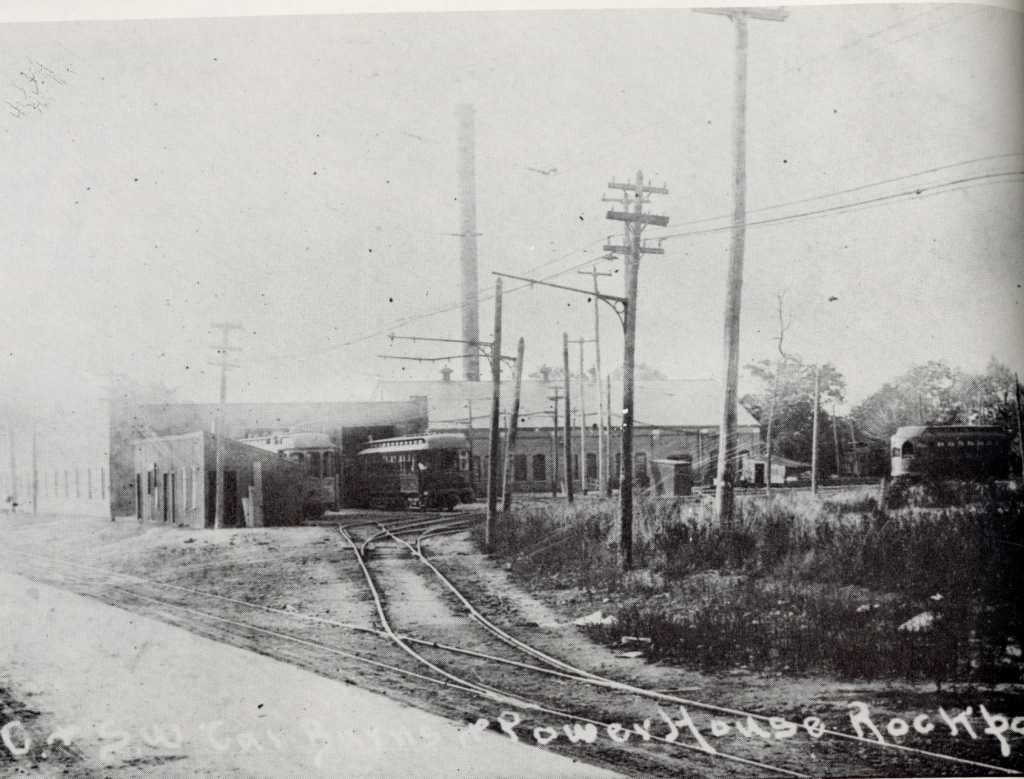
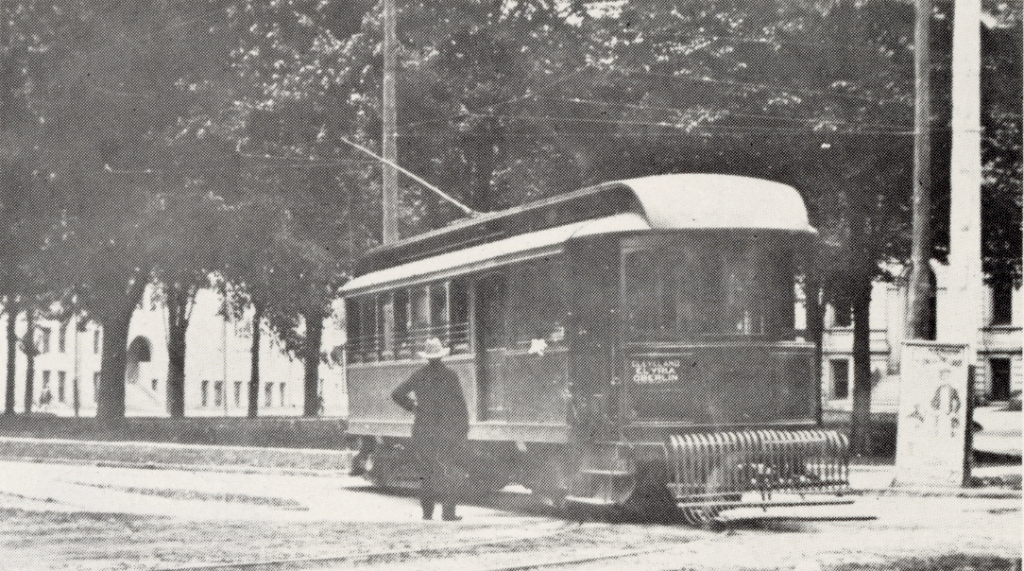
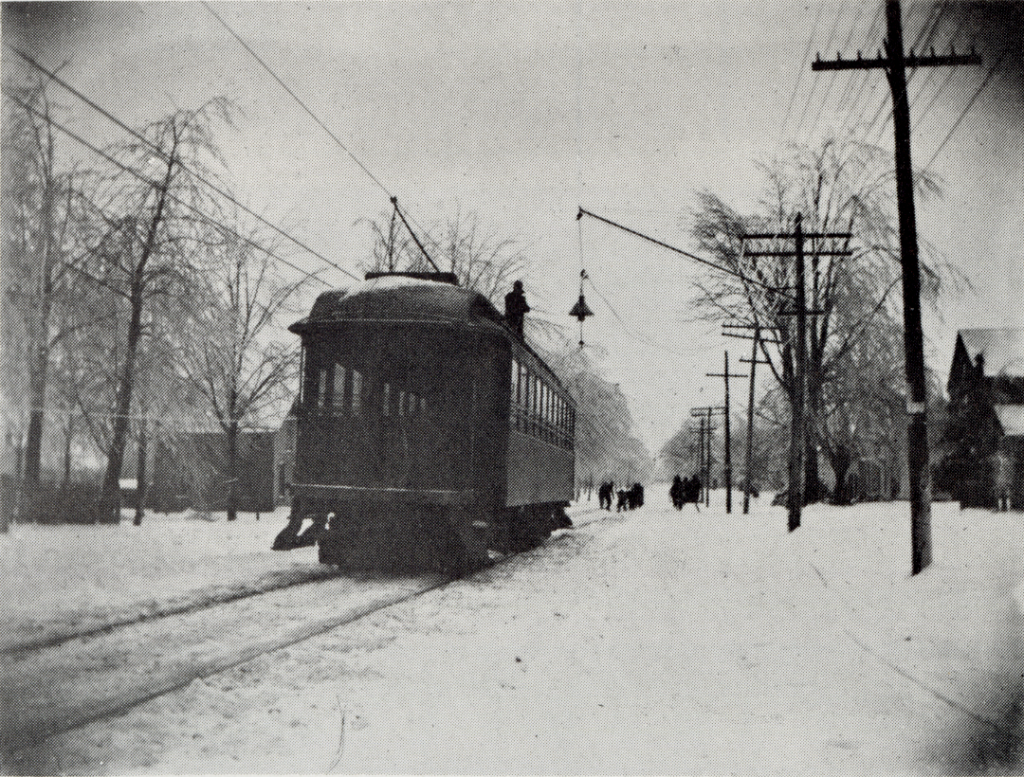
On March 14, 1898 an ice storm strikes the region, doing severe damage to all the lines of the region, damaging power lines, tracks, and leading to a fire which would destroy the Rockport Car Barn. The CBE&O Railway would, along with other lines in the region, go bankrupt. These lines would merge together to survive, forming the Cleveland, Elyria, and Western.4
Southern expansion becomes the Pomeroy Syndicate’s focus, with Ohio Central Traction being purchased, later becoming the Bucyrus branch. On October 3, 1903, 6 years after its construction began, the Cleveland, Medina and Southern opens at its terminus in Wooster.5
By the end of the year, the Cleveland, Elyria, and Western, and Cleveland, Medina and Southern merge, forming the Cleveland and Southwestern Railway, the first company to use the iconic dark green and gold color scheme that gave the system its nickname the “Green Line”.6
